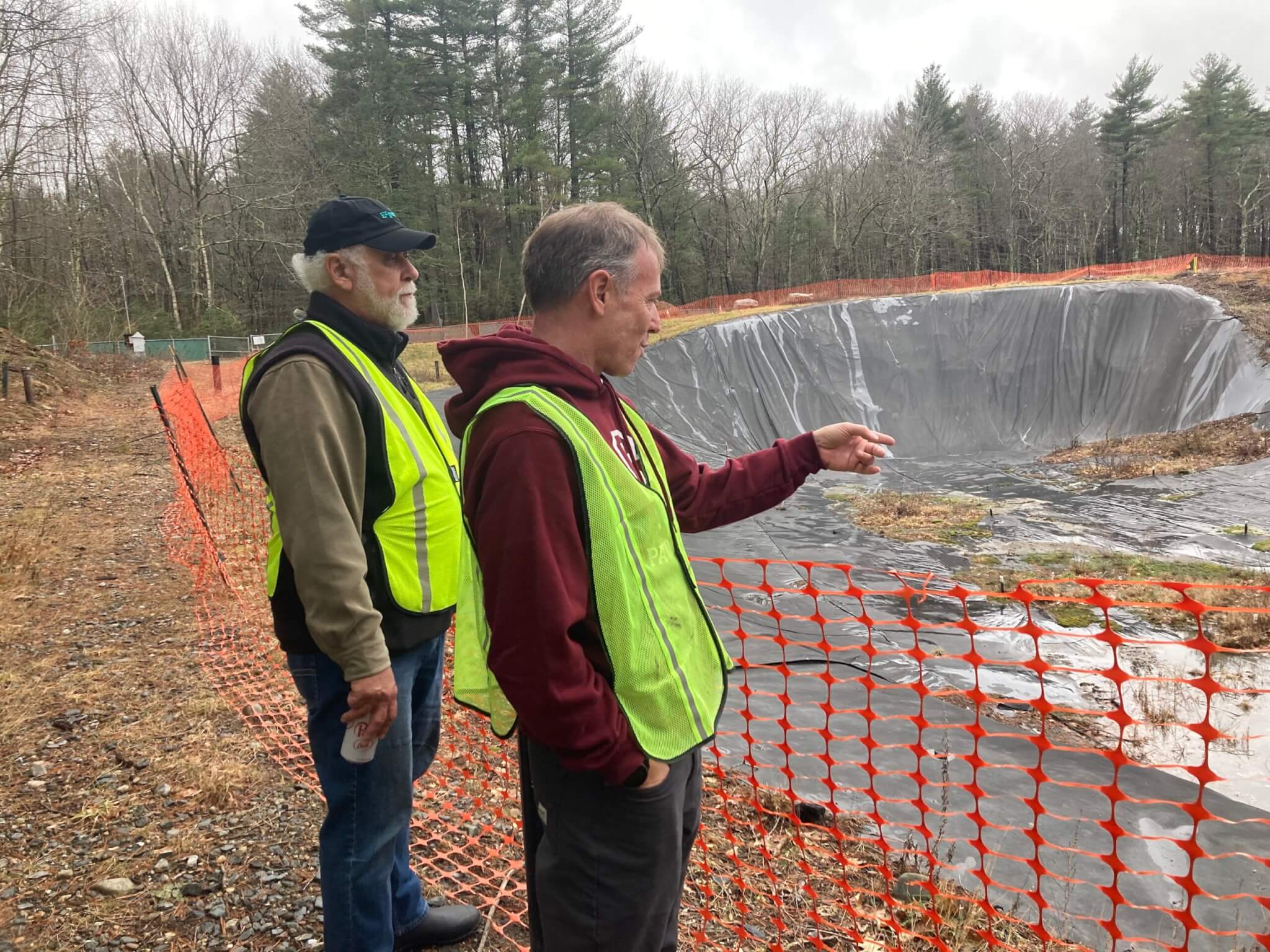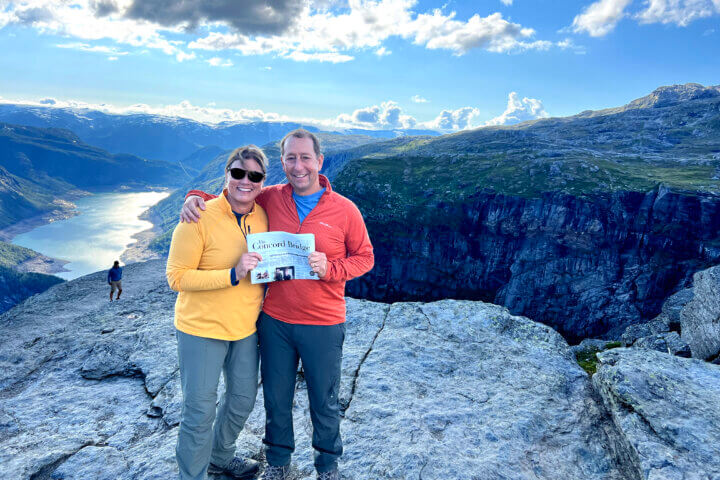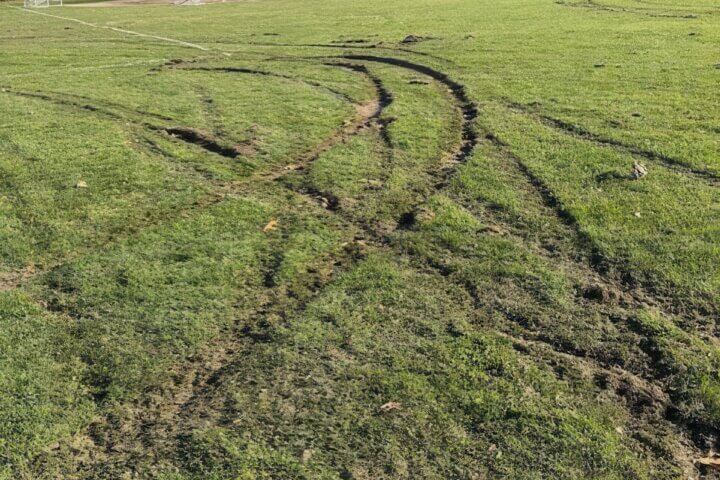The 46-acre property at 2229 Main Street has been a federal Superfund site since 2001. Even before that, there was collective concern about contamination left behind by decades of manufacturing.
Now, the site, known as Starmet or Nuclear Metals, Inc., is being cleaned up as part of the federal Superfund program. Sometime in the next five to seven years, town residents will have to decide the future of the land — whether they want Concord or a private developer to buy the land.
Both options have pluses and minuses.
“Superfund is a slow, meticulous, sometimes plodding process,” said Paul Boehm, chair of the 2229 Main Street Advisory Task Force. “So it has taken a while to get started in the process, and it will take until almost the end of the decade to finish the process to where the site can be reused.”
Boehm has been involved in the project for many years. On October 9, he addressed the League of Women Voters of Concord-Carlisle’s First Friday gathering, joined by Select Board Member Terri Ackerman, to talk about the past, the present and some of the potential future of the Superfund site.
In 2015, Town Meeting in Concord authorized the Select Board to buy the Starmet land, when and if it was finally cleaned up.
A reuse committee, of which Boehm was a member, completed a report on possible reuses of the site — should the town opt to buy it. Once done with its work, that committee was replaced by the advisory task force. The task force is charged with parsing the pros and cons of acquiring the land.
It’s not a straightforward question, Boehm told the gathering at the library.
The site is large. About half of it falls into the “contaminated” category. The other half is largely wooded — including a sphagnum bog, one of two in Concord.
The reuse committee report outlines myriad possible uses, including housing, energy production, passive and active recreation and community use. No decisions were made by the committee; members did the work and issued the report, Boehm said.
The current task force is a nine-member entity which began work in May. According to Boehm, it’s working on four areas that need to be studied: Legal issues, safety/risk issues, reuse, and economics.
The task force is expected to issue a report in October 2024.
“The question is ‘take it or leave it?’” Boehm said. “We don’t have the answer to that right now.”
The site made the Environmental Protection Agency’s National Priorities list in 2001. Over time, buildings have been removed, some soil has been dug out and removed and barrels have been taken away. The EPA has also been doing groundwater decontamination for several years to prevent migration into Acton Water Department wells.
The final phase of the cleanup began in 2019, and now the “slow and sometimes plodding” process is moving more quickly.
On October 25 from 6:30 to 8:30 p.m., the Environmental Protection Agency will have a public hearing at the town house to discuss what’s been done, what’s being done now and what still needs to be done. According to the notice, the meeting is aimed at people who are not necessarily up to speed on all things Starmet.
“The EPA will present what they have done, so far, on the cleanup,” said Ackerman, “and they really want to hear your questions about the cleanup.”
On November. 9 from 7 to 8:30 p.m. at the Town House, the town task force will host a public hearing on 2229 Main.
Ackerman emphasized the importance of getting people to attend both meetings, as resident input will figure prominently in the final decision on the land.
She expressed confidence that no matter where the task force falls, the advice will be sound.
“We should have a lot of confidence with whatever they come out with,” she said. “They are really hard workers, and they are leaving no stone unturned.”






